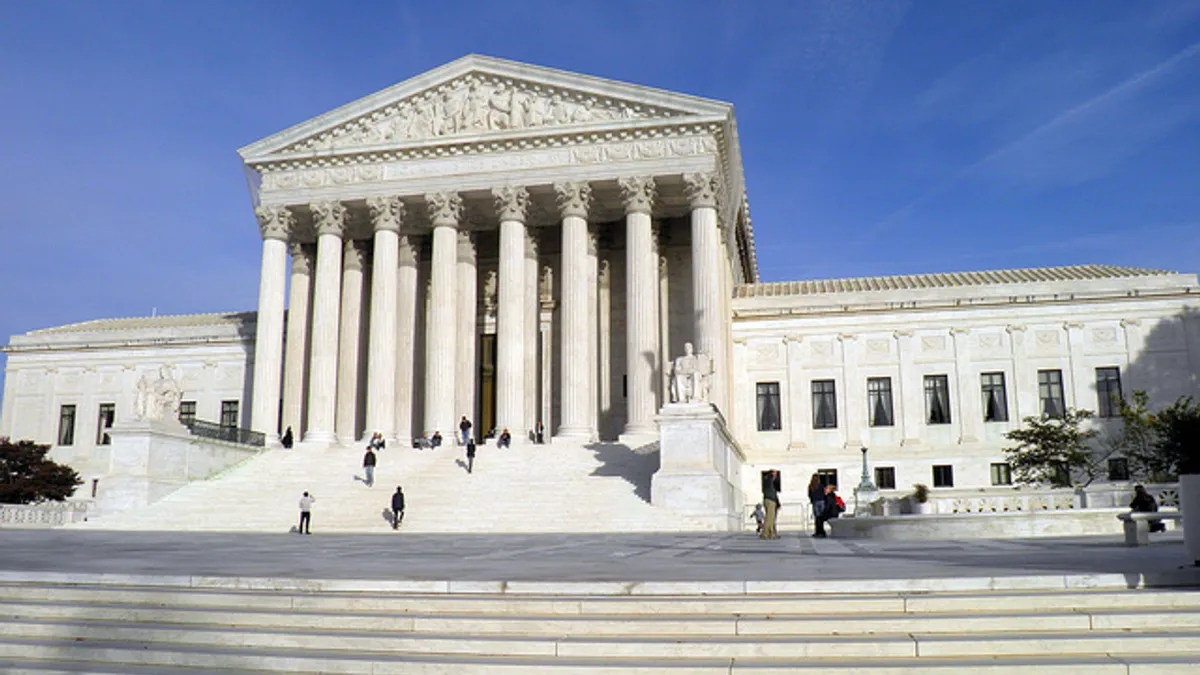Dive Brief:
- Flexibility in the new EPA CO2 emissions regulations has won wide praise in the energy industry but because they are being implemented under the authority of the Clean Air Act, a legal challenge will likely question the right of the EPA to regulate emissions outside of power plants.
- Any legal challenge would, however, face the established precedent that regional carbon markets, renewable portfolio standards, energy efficiency programs and integrated resource planning have been implemented under the justification that they are Clean Air Act Section 111(d) “best system of emissions reduction" methods.
- Another challenge for the EPA in implementing its regulations is that it may now have to define who will pay for demand-side efficiency and renewables because states, instead of regulated power plant operators, will be responsible for emissions cuts.
Dive Insight:
Under the EPA regulations, states will theoretically have the ability to impose legal obligations for costs on non-regulated industrial facilities, energy efficiency programs and other participants but that may be legally challenged.
The EPA’s four building blocks of emissions cuts are (1) more efficient coal plants, (2) natural gas, (3) renewables and nuclear, and (4) demand side efficiency, and each is “legally severable” so that the regulation will remain in place even if separate blocks are overruled by the court.
Potential challengers to the regulations may be reluctant to do so because they would be limiting their own options to cost-effectively achieve the emission cuts that would remain after severed portions go down.














